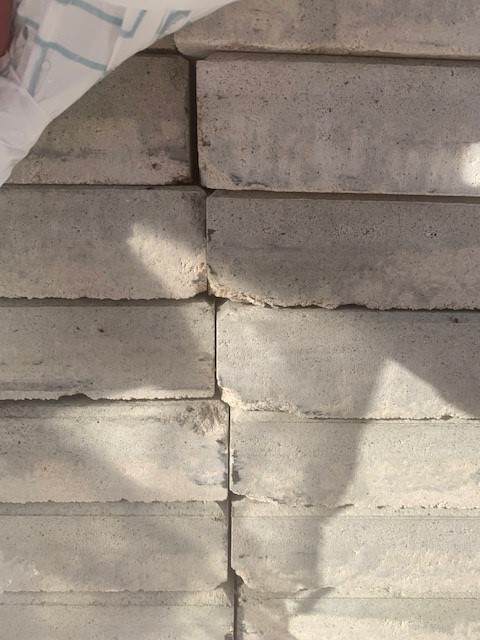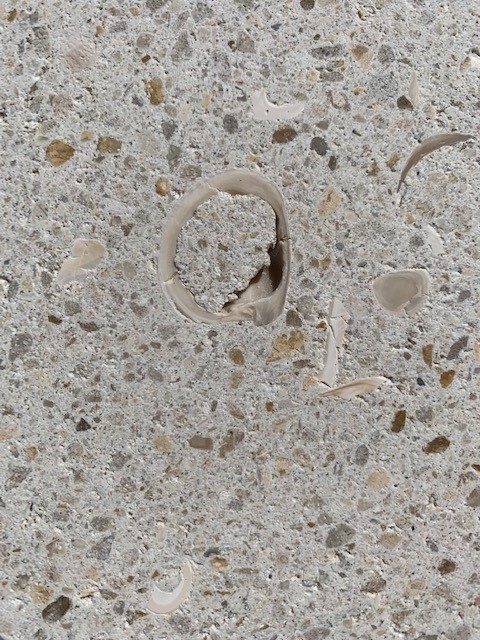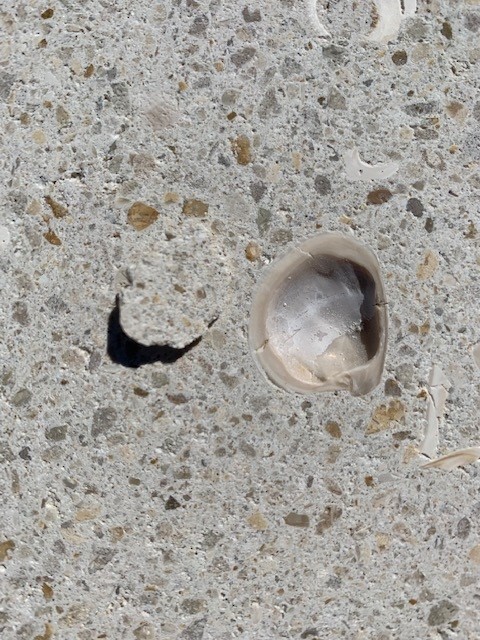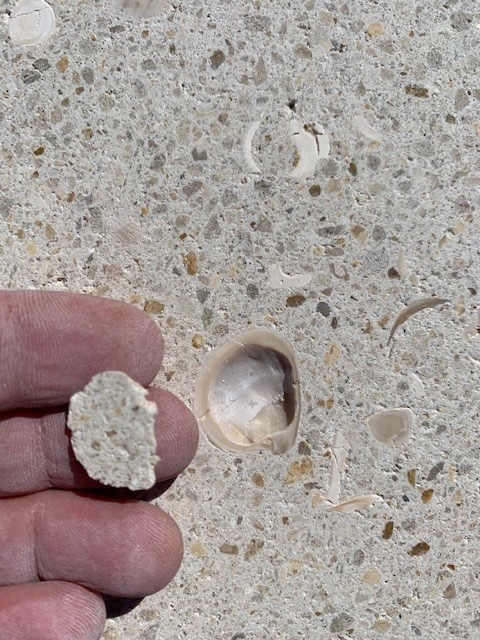PRO - FAQ made by Professionals like you.Loading.
Care & Maintenance
Is it necessary to use a sealer on my paver deck? If so,
what will it look like?
Care & Maintenance
How often should I clean or seal my pavers?
Product
How can I get a sample of your product?
Installation
Do you install pavers?
Care & Maintenance
How do I clean my Artistic Paver deck?
Product
Do your pavers come any thinner than 1-5/8"?
Advantages
What is the benefit of Artistic Pavers vs. a concrete deck?
Care & Maintenance
How do I clean soiling from tree droppings?
Care & Maintenance
Snow Removal
Care & Maintenance
Re-sanding Joint Sand.
Care & Maintenance
How do I clean soiling from normal foot traffic, road salts and everyday use?
Care & Maintenance
How do I remove Gum Tar from my pavers?
Installation
Do you need to utilize
polymetric sand when you install artistic pavers?
Installation
Can I use pavers that are different in thickness on my installation?
Installation
How do I install my Artistic Pavers?
Product
How does your coping and pavers hold up to salt-water system pools?
Product
What kind of grout do you recommend for the coping joints ?
Advantages
What is a beveled edge?
Product
Will my Artistic Paver deck crack like a concrete deck
does?
Installation
Can I use Artistic Pavers to create other things besides my
pool deck?
Contact Departments
Ordering & Shipping
For questions related to your order, shipping and handling
contact
shipping@artisticpavers.com
orders-ec@artisticpavers.com
Sales
For billing and sales contact
sales@artisticpavers.com
Other Questions
For any other information or question please contact us, or feel free to call us at (305) 653-7283 (East Coast Office).
(520) 426-3479 (West Coast Office).

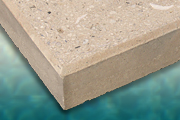
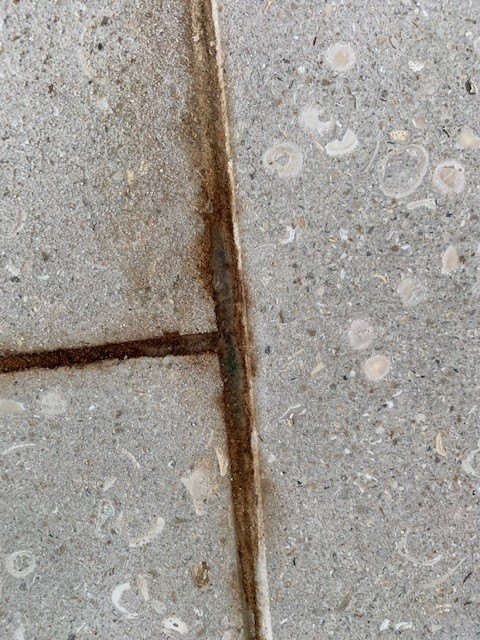
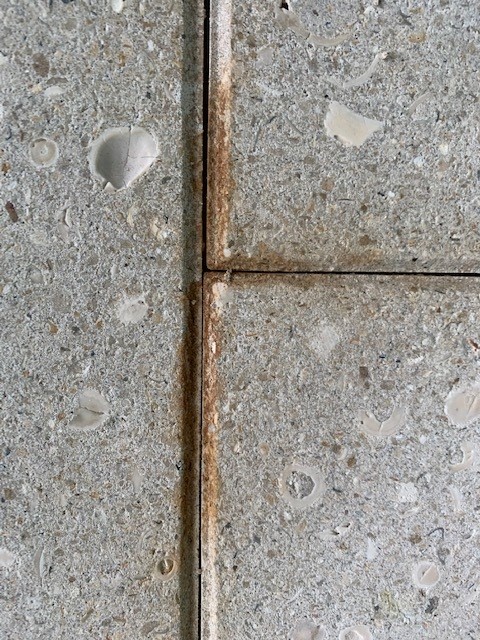
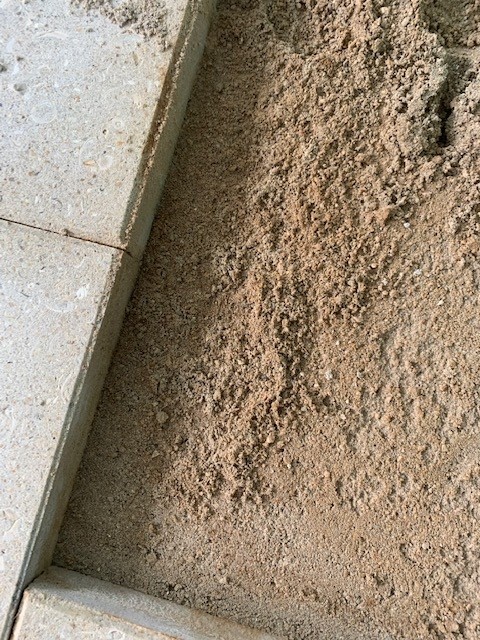
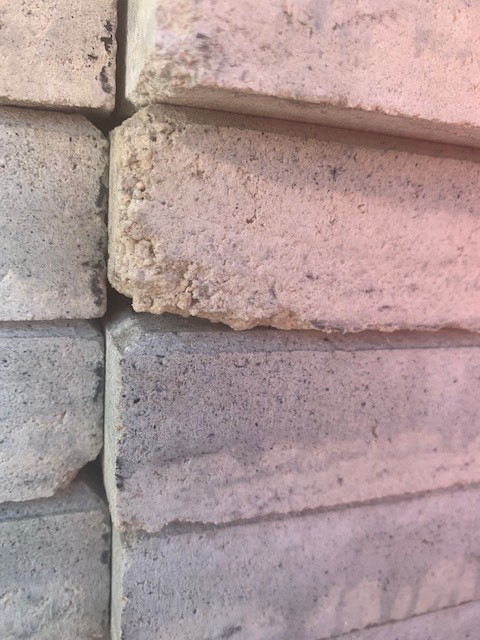
.jpg)
